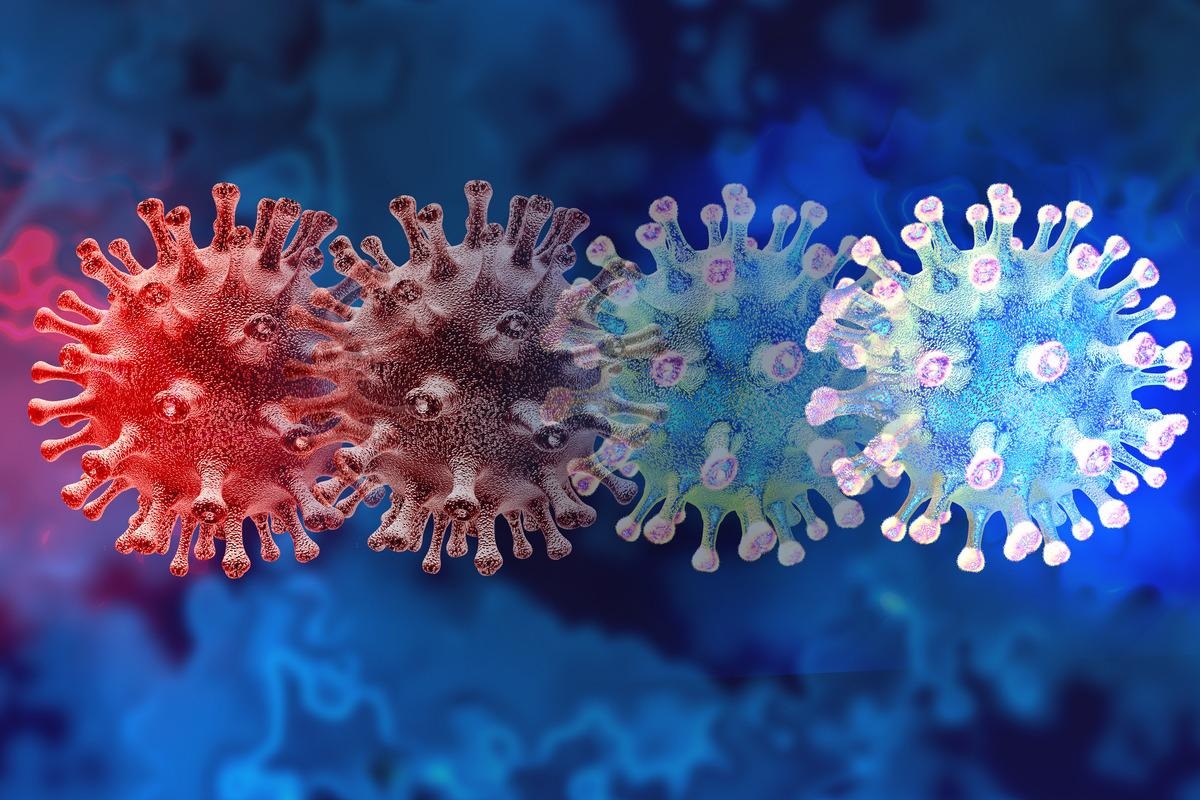Nanobody effectively neutralizes pseudotyped ancestral SARS-CoV-2 and Omicron spike proteins
In a recent study posted to the bioRxiv* preprint server, researchers identified a nanobody that inhibits severe acute respiratory syndrome coronavirus-2 (SARS-CoV-2) variants.

Background
SARS-CoV-2, the third Coronaviridae family member, has to date caused more than 507 million cases of coronavirus disease 2019 (COVID-19) globally, including over 6.2 million deaths. Several outbreaks have occurred throughout the COVID-19 pandemic with the emergence of novel SARS-CoV-2 variants. While anti-COVID-19 therapies and vaccination against SARS-CoV-2 have been introduced, the rise in COVID-19 cases has not been effectively contained.
Several researchers have identified antibodies from convalescent COVID-19 patients that demonstrated in vitro SARS-CoV-2 neutralizing capacity. Unlike antibodies, nanobodies are smaller, stabler, and more soluble. A combinatorial nanobody therapy has been effective in SARS-CoV-2 neutralization and precluded mutational escape, albeit by using the whole spike (S) protein or its receptor-binding domain (RBD).
Since antibodies or nanobodies elicited against entire protein or RBD bind to various regions on target (S) with only some effective at neutralization, it is also likely that they might target areas outside the interaction domain. Therefore, developing an effective, broad-acting treatment against current and future SARS-CoV-2 variants is essential, given the continued viral evolution and emergence of newer variants.
The study and results
In the current study, researchers identified nanobodies that could inhibit SARS-CoV-2. The researchers designed two peptides (epitope) from the SARS-CoV-2 spike (S) protein’s receptor-binding motif (RBM) from residues 482 to 494 and 496 to 506, which were used to bait combinatorial nanobodies from the yeast display library. First, a magnetic-activated cell sorting (MACS) was performed, followed by a fluorescence-activated cell sorting (FACS).
The FACS-based screening revealed that only the peptide with RBM residues 482 – 494 positively enriched nanobody clones. Further investigations were carried out with the nanobodies obtained from this peptide screen. After individual clonal selection and sequencing of enriched yeast clones, 10 unique nanobodies (N1.1 – N1.10) were selected, purified, and subjected to enzyme-linked immunosorbent assay (ELISA) with the two peptides. All nanobodies except N1.4 were well bound to the peptide with RBM residues 482 – 494 than the other peptide.
Next, a pseudovirus neutralization assay was performed to test for inhibition of angiotensin-converting enzyme 2 (ACE2)- S protein interactions. S-coated pseudoviruses were generated with mCherry reporter, and viral infectivity was evaluated based on mCherry expression. An ACE2-stable HEK293T cell line was established with the enhanced green fluorescent protein (eGFP) as the fluorescent reporter. The ACE2-stable cell line was transduced with S-coated pseudoviruses at different dilutions (1, 1:10, 1:100, and 1:1000).
The pseudoviruses were pre-incubated with each nanobody separately before infecting the ACE2-stable HEK293T cells. All nanobodies except N1.2 and N1.3 exhibited mCherry fluorescence when ACE2-stable cells were transduced. Intriguingly, the N1.2 nanobody demonstrated the maximal neutralization of S-coated pseudoviruses more than other nanobodies and was used for subsequent characterization.
The N1.2 nanobody was further engineered as a bivalent nanobody, i.e., (N1.2)2, with a glycine-serine linker separating the two N1.2 sequences. The bivalent nanobody significantly reduced the pseudo viral transduction even at lower concentrations (5µM and 10µM). Vesicular stomatitis virus (VSV) G protein-coated and bald (without S protein) pseudoviruses were maintained as controls. The VSV-G protein-coated pseudoviruses could transduce the ACE2-stable cells in the presence or absence of N1.2 or its bivalent version, implying that the binding of N1.2 caused the neutralization of S-coated pseudoviruses to SARS-CoV-2 S protein.
Finally, the S protein from the latest SARS-CoV-2 Omicron variant was coated on pseudoviruses. The infectivity of Omicron pseudoviruses was confirmed against the ACE2-stable HEK293T cells. Efficient inhibition of pseudo viral infection was observed with 5µM of bivalent N1.2, and that infectivity dropped to less than 10%.
Conclusions
The current study identified a nanobody that can neutralize the ancestral SARS-CoV-2 strain and the Omicron variant. Further, engineering a bivalent version of N1.2 was more potent and efficiently neutralized pseudovirus even at higher concentrations.
Unlike previous developments, the researchers used a small peptide (~9 amino acids) on the S RBM as the epitope to screen nanobodies instead of using the whole S protein or its receptor-binding domain (RBD). Moreover, the sequences flanking the epitope on either side exhibit high similarity across different SARS-CoV-2 variants, indicating its conserved nature. Thus, the authors posit that the nanobody (N1.2) identified here could effectively neutralize SARS-CoV-2 variants as long the virus utilizes ACE2 as the entry receptor.
*Important notice
bioRxiv publishes preliminary scientific reports that are not peer-reviewed and, therefore, should not be regarded as conclusive, guide clinical practice/health-related behavior, or treated as established information.
- Mendon N, Ganie R, Kesarwani S, et al.(2022). Peptide derived nanobody inhibits entry of SARS-CoV-2 variants. bioRxiv. doi: https://doi.org/10.1101/2022.04.21.489021 https://www.biorxiv.org/content/10.1101/2022.04.21.489021v1
Posted in: Medical Science News | Medical Research News | Disease/Infection News
Tags: ACE2, Angiotensin, Angiotensin-Converting Enzyme 2, Antibodies, Assay, Cell, Cell Line, Cell Sorting, Coronavirus, Coronavirus Disease COVID-19, covid-19, Enzyme, Evolution, Fluorescence, Fluorescent Protein, Glycine, in vitro, Nanobodies, Omicron, Pandemic, Peptides, Protein, Pseudovirus, Receptor, Respiratory, SARS, SARS-CoV-2, Serine, Severe Acute Respiratory, Severe Acute Respiratory Syndrome, Stomatitis, Syndrome, Virus, Yeast

Written by
Tarun Sai Lomte
Tarun is a writer based in Hyderabad, India. He has a Master’s degree in Biotechnology from the University of Hyderabad and is enthusiastic about scientific research. He enjoys reading research papers and literature reviews and is passionate about writing.
Source: Read Full Article



